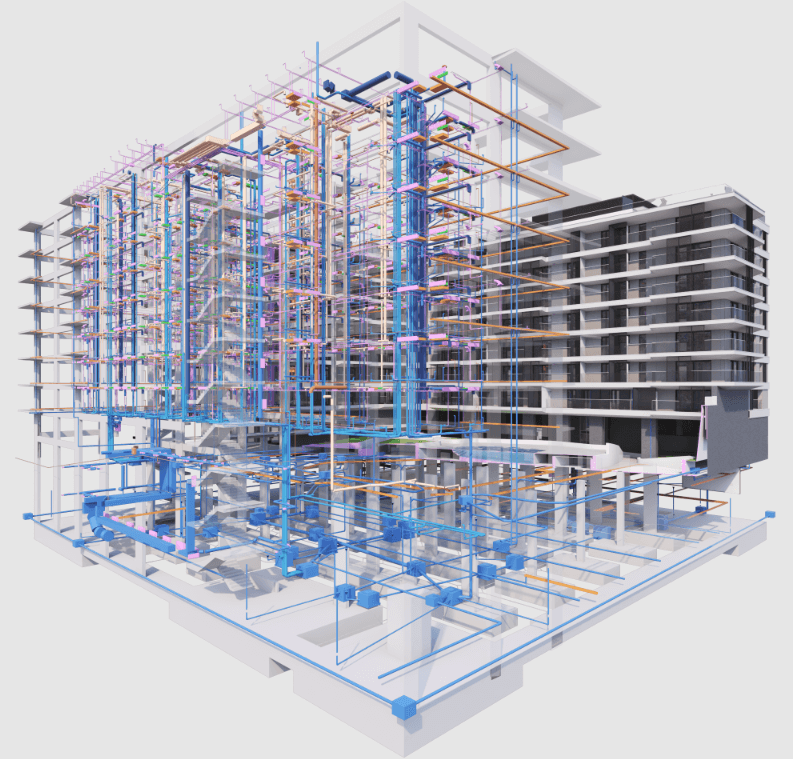
COBie Data Insights: Advancing Facility...
November 18, 2025
This requirement encompasses the deployment of intelligent network infrastructure and precision-engineered low-voltage IDF (Intermediate Distribution Frame) enclosures designed to optimize data flow, minimize latency, and support scalable, high-density environments. Emphasis is placed on future-ready architecture, centralized network control, enhanced system resilience, and adherence to structured cabling standards that ensure operational efficiency, security, and long-term sustainability.
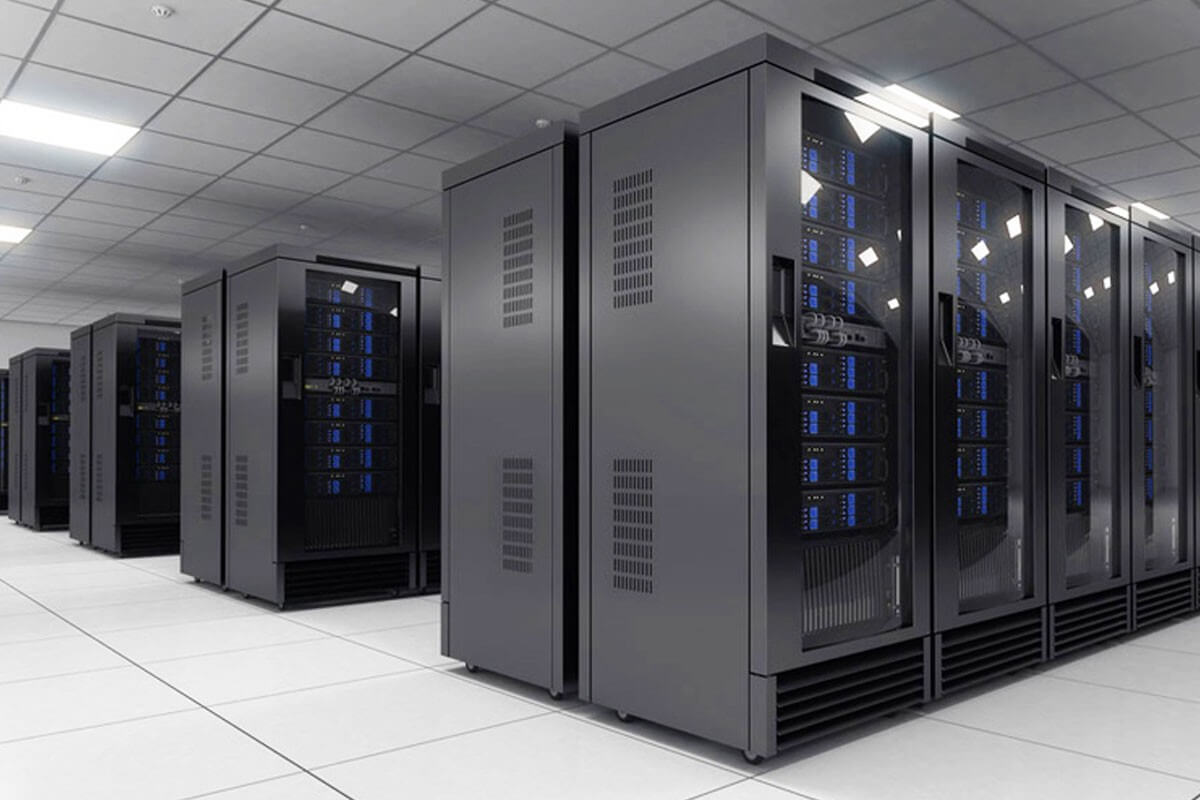
In today’s fast-paced digital world, reliable and efficient network infrastructure is crucial for business success. One key component in maintaining optimal network performance is the Intermediate Distribution Frame (IDF) rack, particularly when it comes to low-voltage solutions.
An IDF rack is a vital network hub that connects end devices, such as computers, phones, and IoT devices, to the main data center or Main Distribution Frame (MDF). It efficiently distributes network connections across different areas of a building or campus.
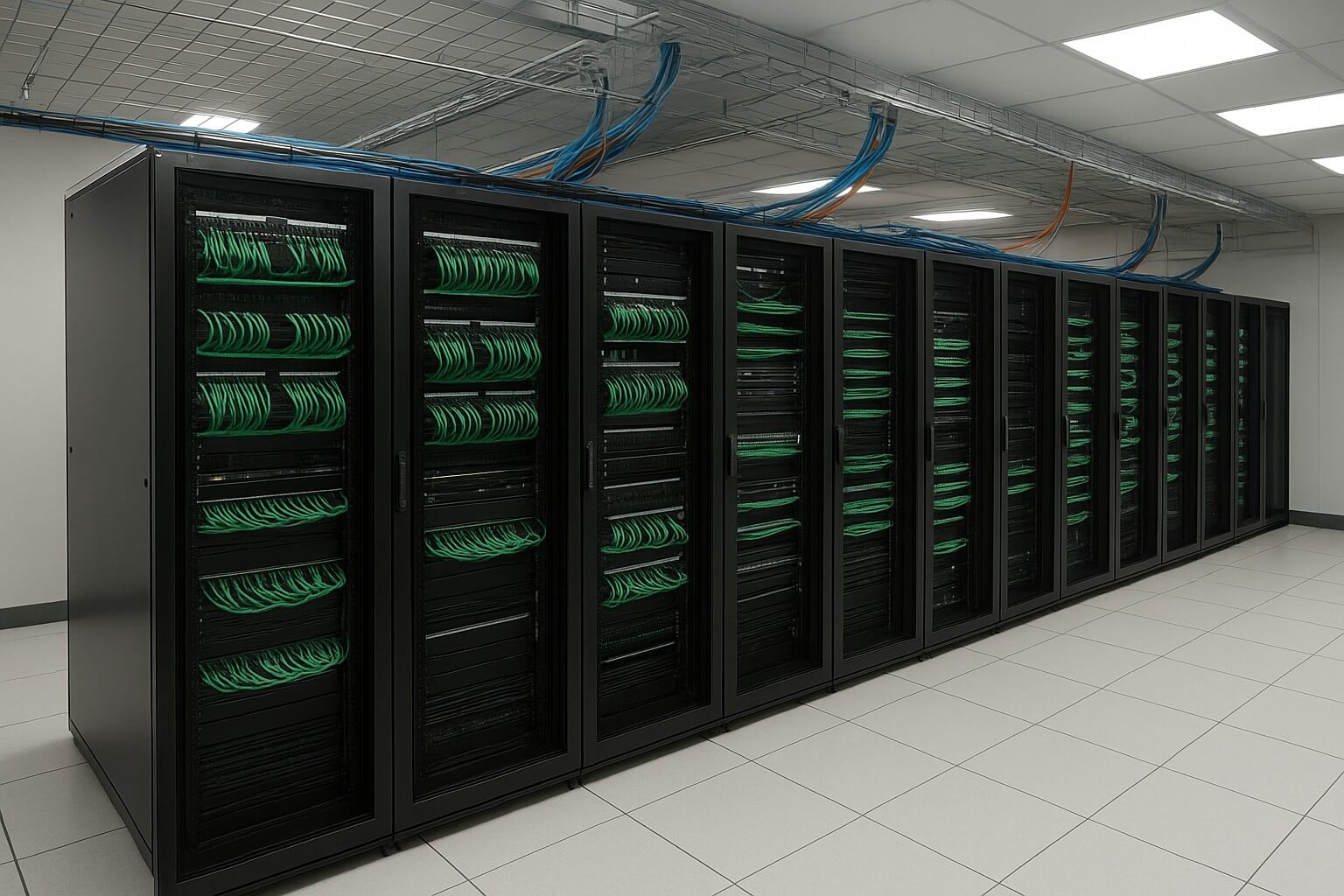
Low-voltage systems are essential for powering communication networks, security systems, and automation technologies. In an IDF rack, using low-voltage wiring helps:
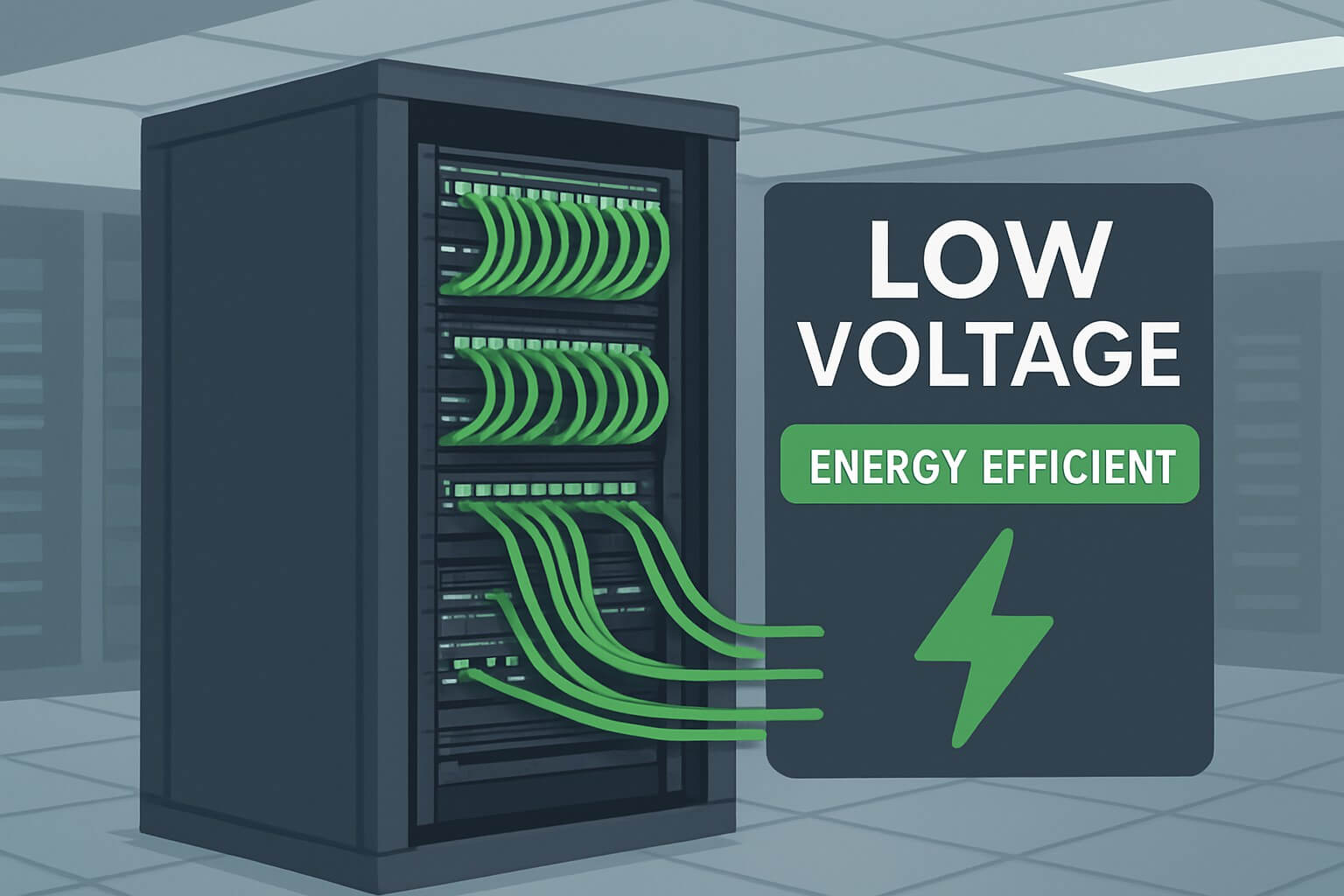
Low-voltage systems use less power, leading to lower energy costs. Efficient power management also contributes to a greener environment.
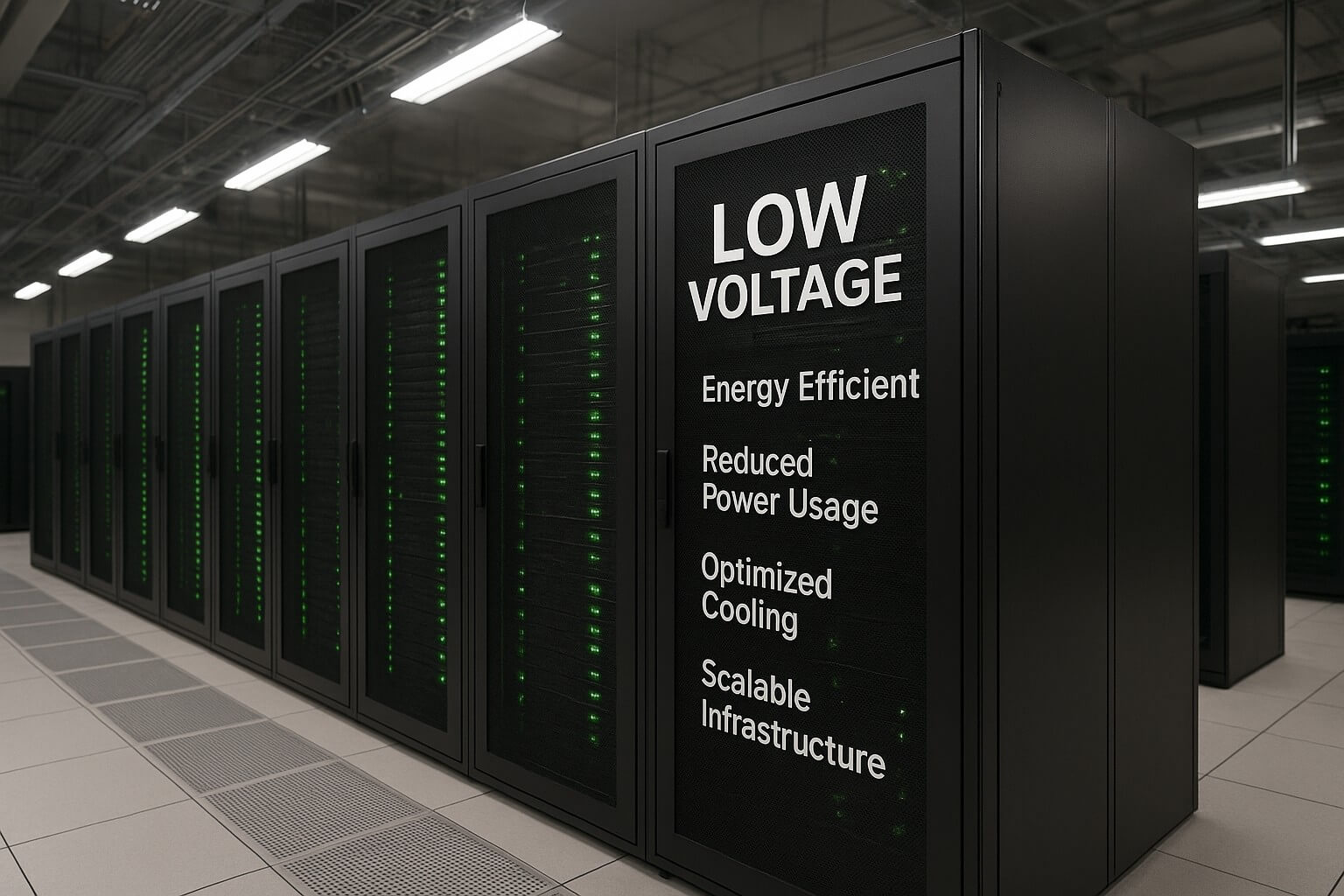
Low-voltage cabling reduces the risk of electrical hazards. These systems are safer to install and maintain, making them ideal for businesses and IT professionals.
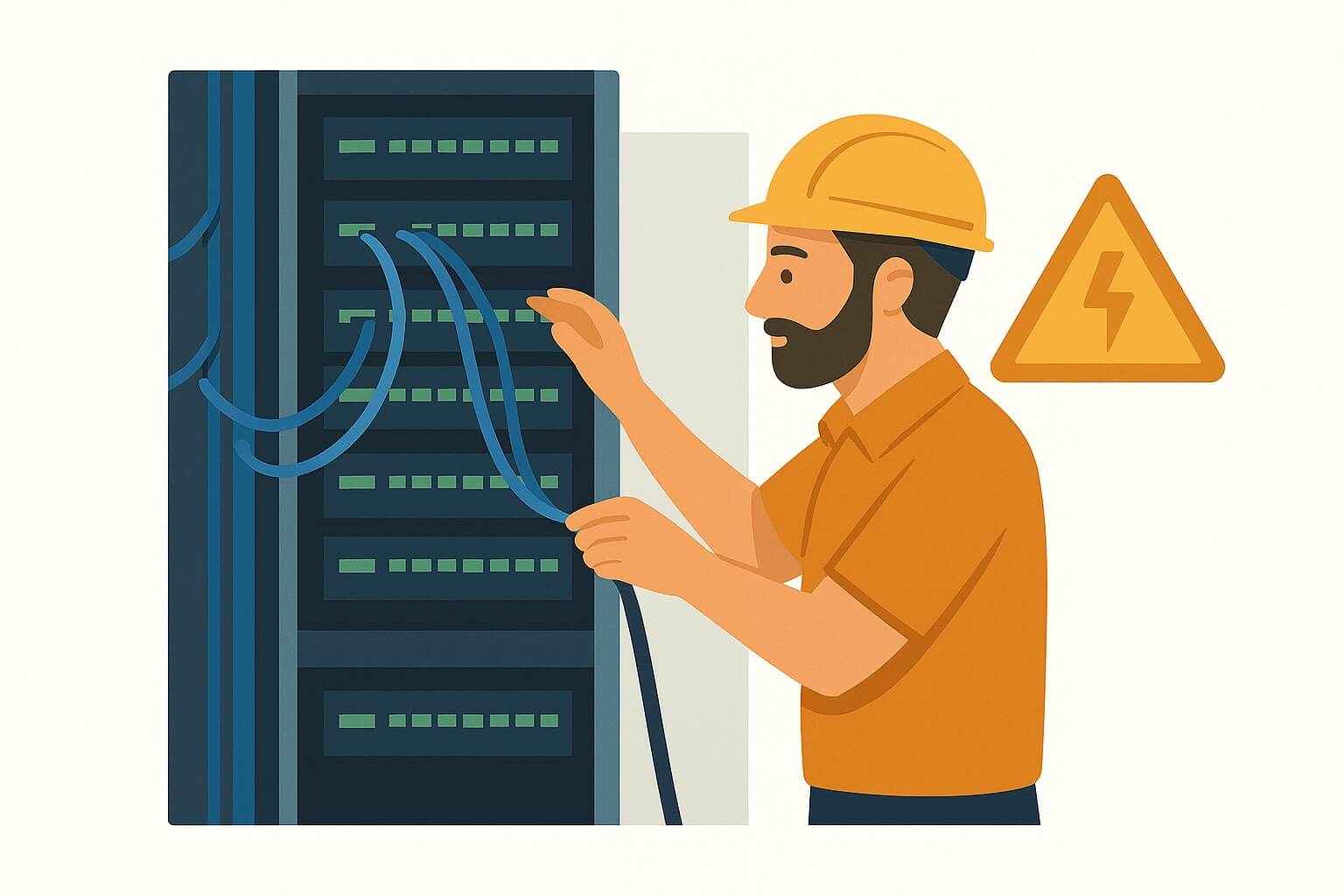
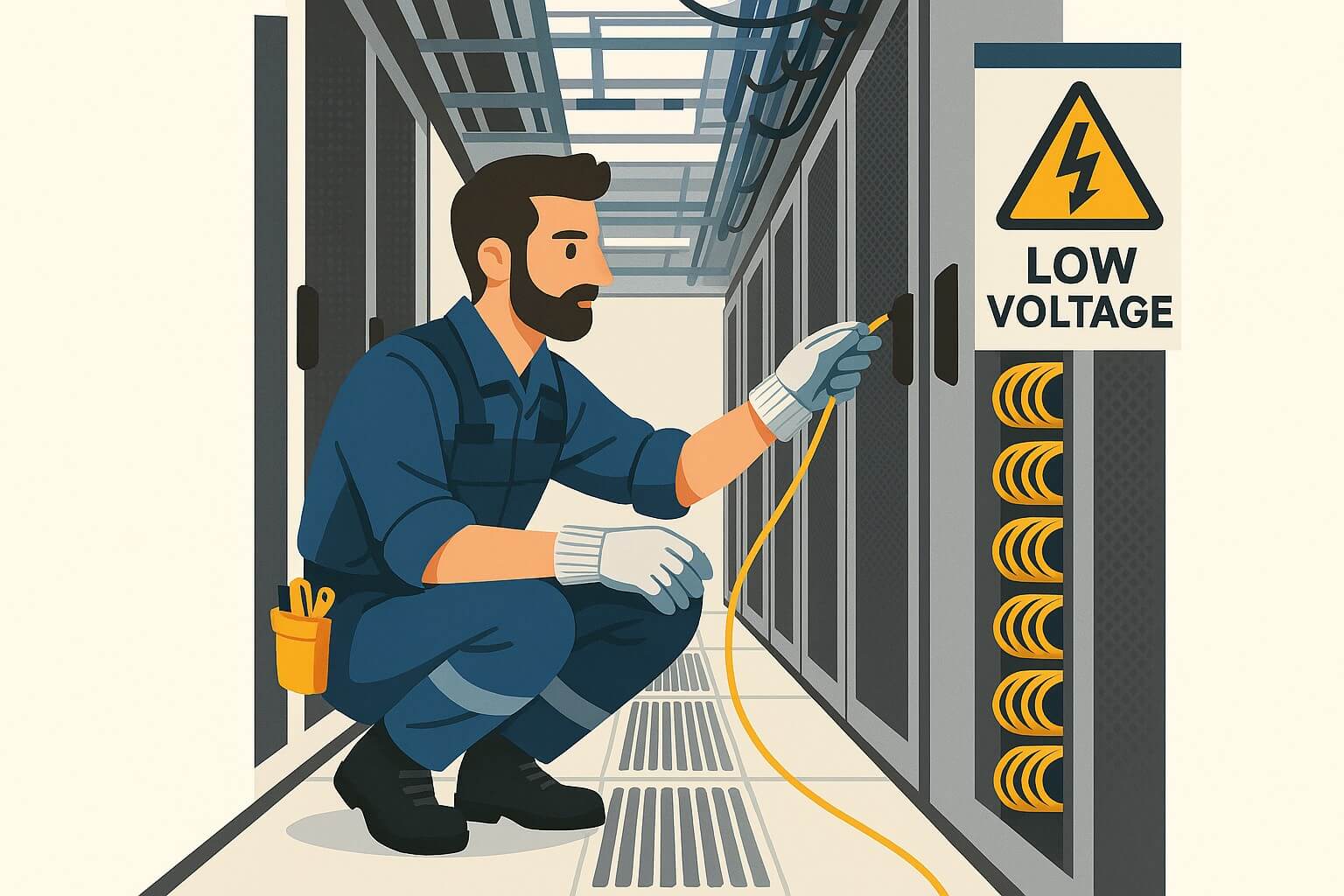
Using low-voltage cabling generates less heat, preventing overheating issues and prolonging equipment lifespan. Proper cooling and ventilation further enhance efficiency.
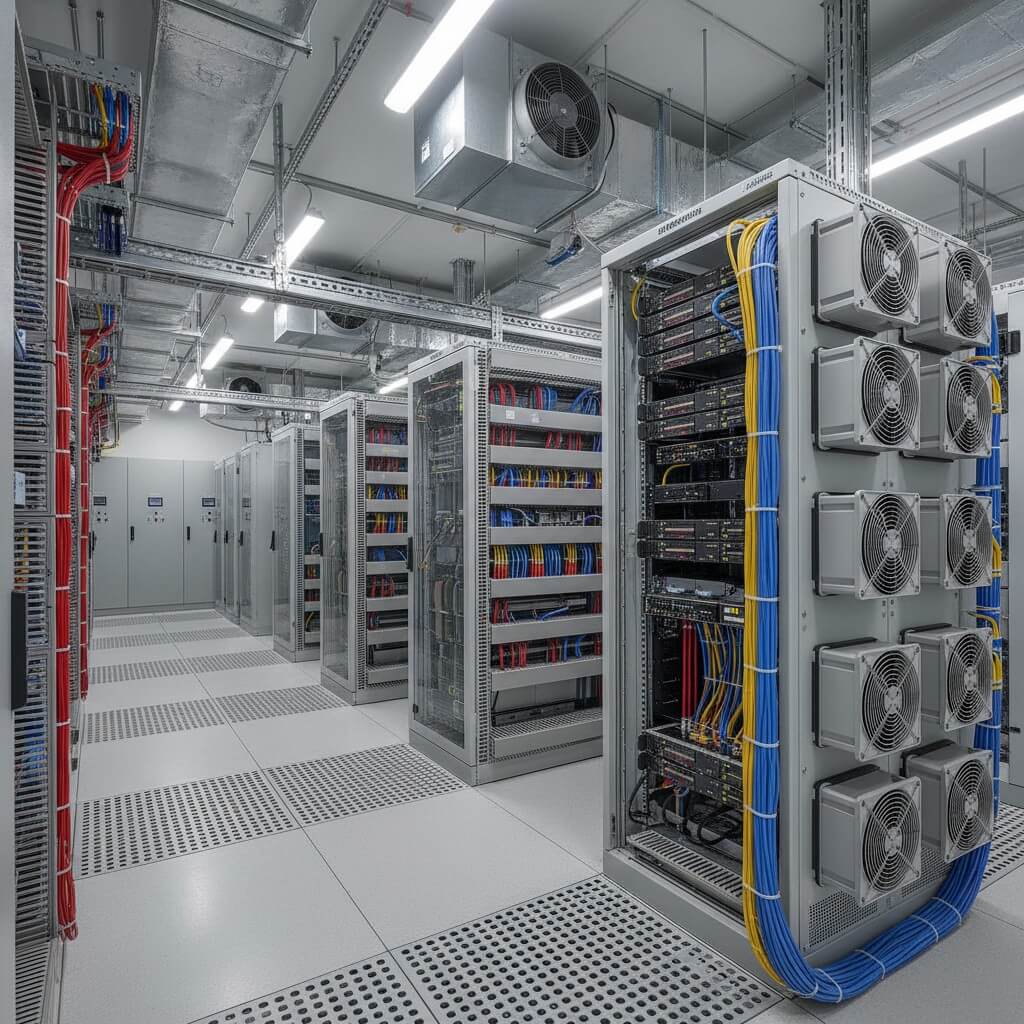
A well-structured IDF rack allows for easy expansion as your network grows. Modular designs ensure seamless upgrades without major overhauls.

To maximize the efficiency of an IDF rack, follow these best practices:
Well-organized cabling ensures efficient connections, easy troubleshooting, and scalability.

Ensure that IDF racks have proper airflow to prevent overheating and maintain system reliability.
Protect IDF racks from unauthorized access with lockable enclosures and surveillance.
Routine inspections, cleaning, and performance checks help prevent network failures and downtime.
Using the right cables is essential for network performance. Here are the most common types:
High-speed data transmission, best for long distances, minimal signal loss.
Standard for LAN networks, used in IDF racks and workstations, reduces interference and crosstalk.
Used for broadband and CCTV, provides shielding against interference.
Delivers electricity to network devices, needs proper management to prevent overheating.
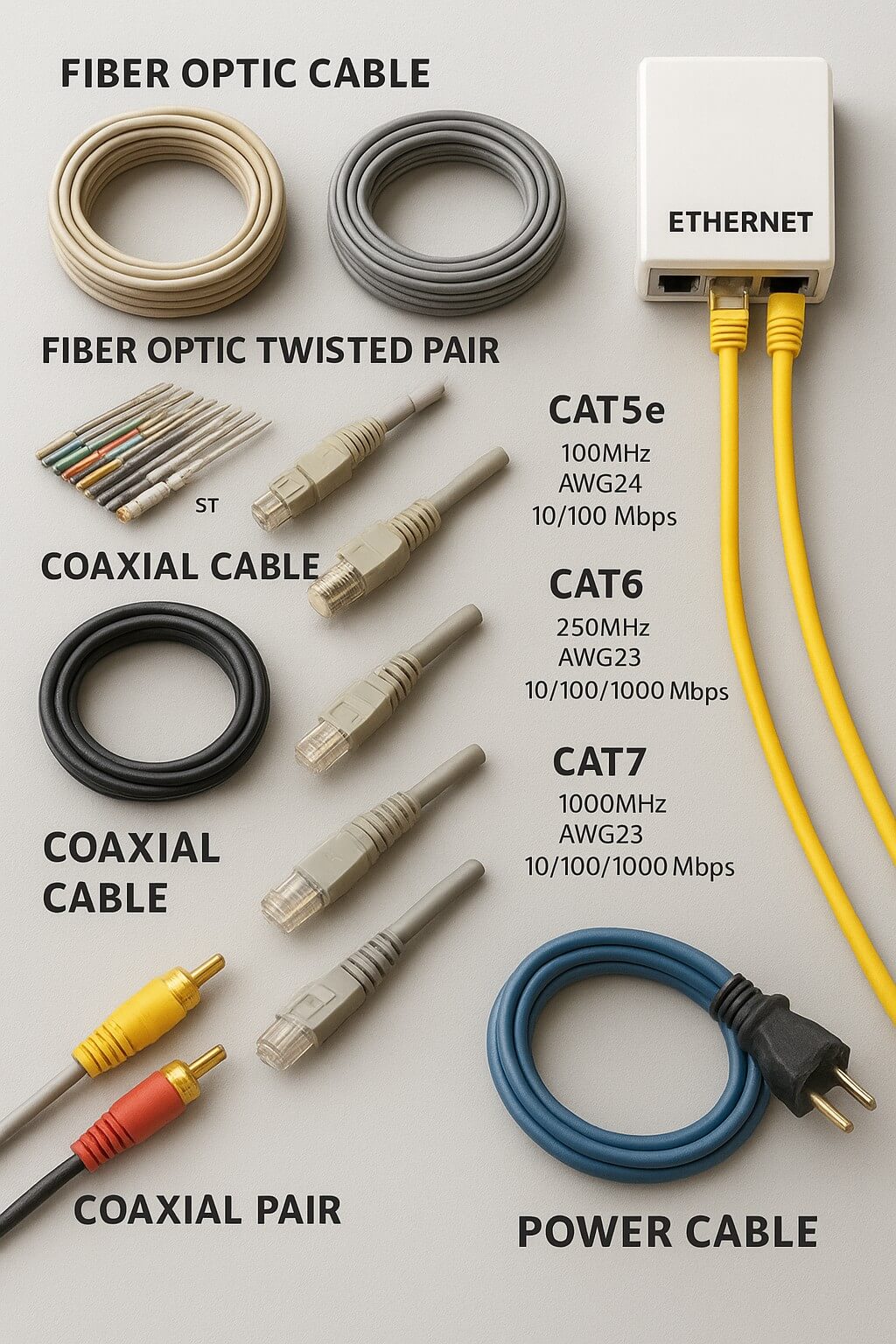
Investing in a low-voltage IDF rack solution boosts network efficiency, safety, and scalability. Whether you’re setting up a new network or upgrading an existing infrastructure, choosing the right low-voltage components is essential for long-term success.